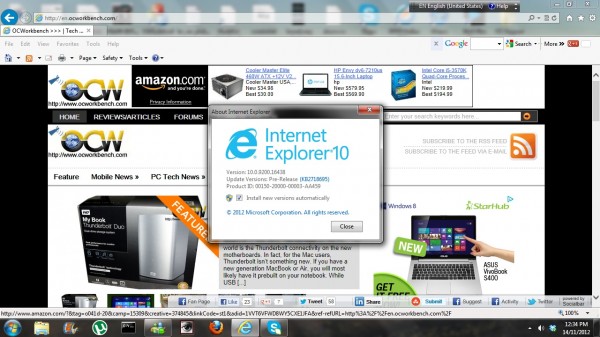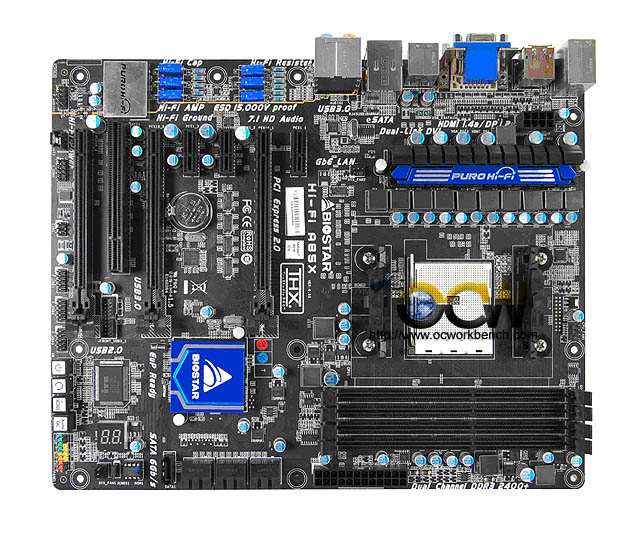“Today really is a monumental day for Windows,” said Terry Myerson, head of Microsoft’s operating systems unit. “Windows 10 is so much more than the latest version of Windows. Windows 10 changes the rules of the game.”
Like a smartphone or tablet upgrade, Microsoft’s new operating system will be available as a free update for anyone using Windows 8.1. That’s a big deal for Microsoft, which makes a tremendous amount of money on Windows sales.
Windows 10 is Microsoft’s first major operating system upgrade since Windows 8 was introduced in 2012. Windows runs on more than 91% of the world’s computers, according to NetMarketShare.
Holograms. By far the coolest part of Microsoft’s presentation was “Windows Holographic,” Microsoft’s attempt to immerse its customers into a computerized world. Windows 10 has been built to integrate holographic representations of its software. With the companion HoloLens glasses, Windows 10 users can interact with holograms all around them.
HoloLens comes with a holographic processing chip that understands your gestures, voice and where you’re looking. It can map the world around you and display holograms that appear to be in thin air or on objects that surround you.
With Windows 10’s HoloStudio app, Microsoft lets users create 3-D objects with their voices and gestures (like pinches and flicks) and then print them on a 3-D printer.
In addition, Microsoft introduced a new, stripped-down browser that has been codenamed “Project Spartan.” The new browser will ship with Windows 10, and it will function similarly to Chrome and Firefox.
The Spartan browser supports pen interactions, so people can mark up websites with their fingers or styluses and share them. Wit also features a reading mode and Cortana integration.
Spartan will be built on a different software platform from IE and the two are not compatible. That means Microsoft will continue to also ship IE with Windows to ensure that corporate apps continue to function properly.
Return of the Start menu. After being removed from Windows 8, Microsoft announced that the Start Menu will make a full comeback in Windows 10.
The new Windows 10 Start menu includes a new personalizable space for favorite apps, programs and websites. It can be viewed as a full-screen Windows 8-like display of tiles or a more familiar Windows 7-like drawer of apps.



